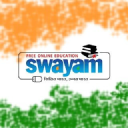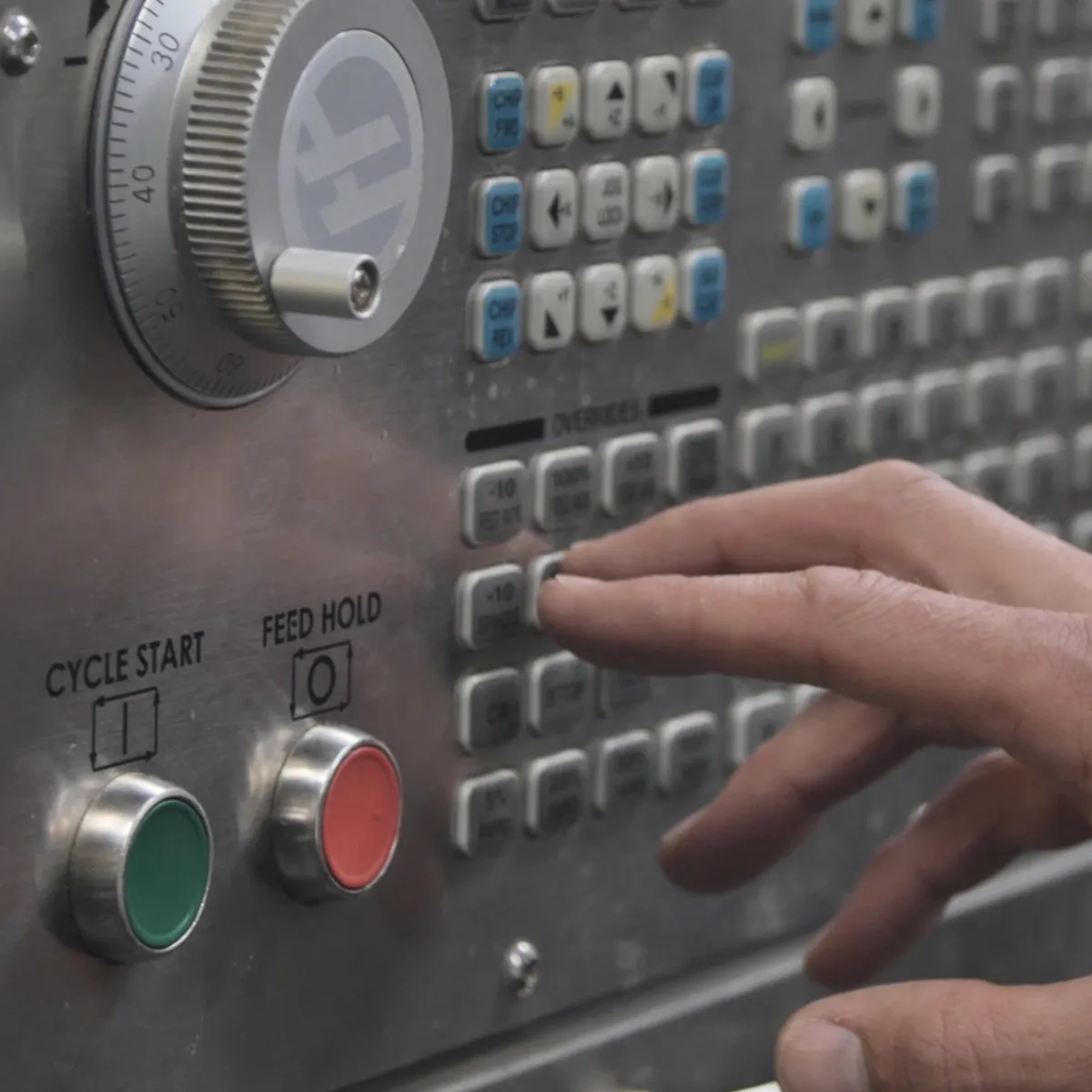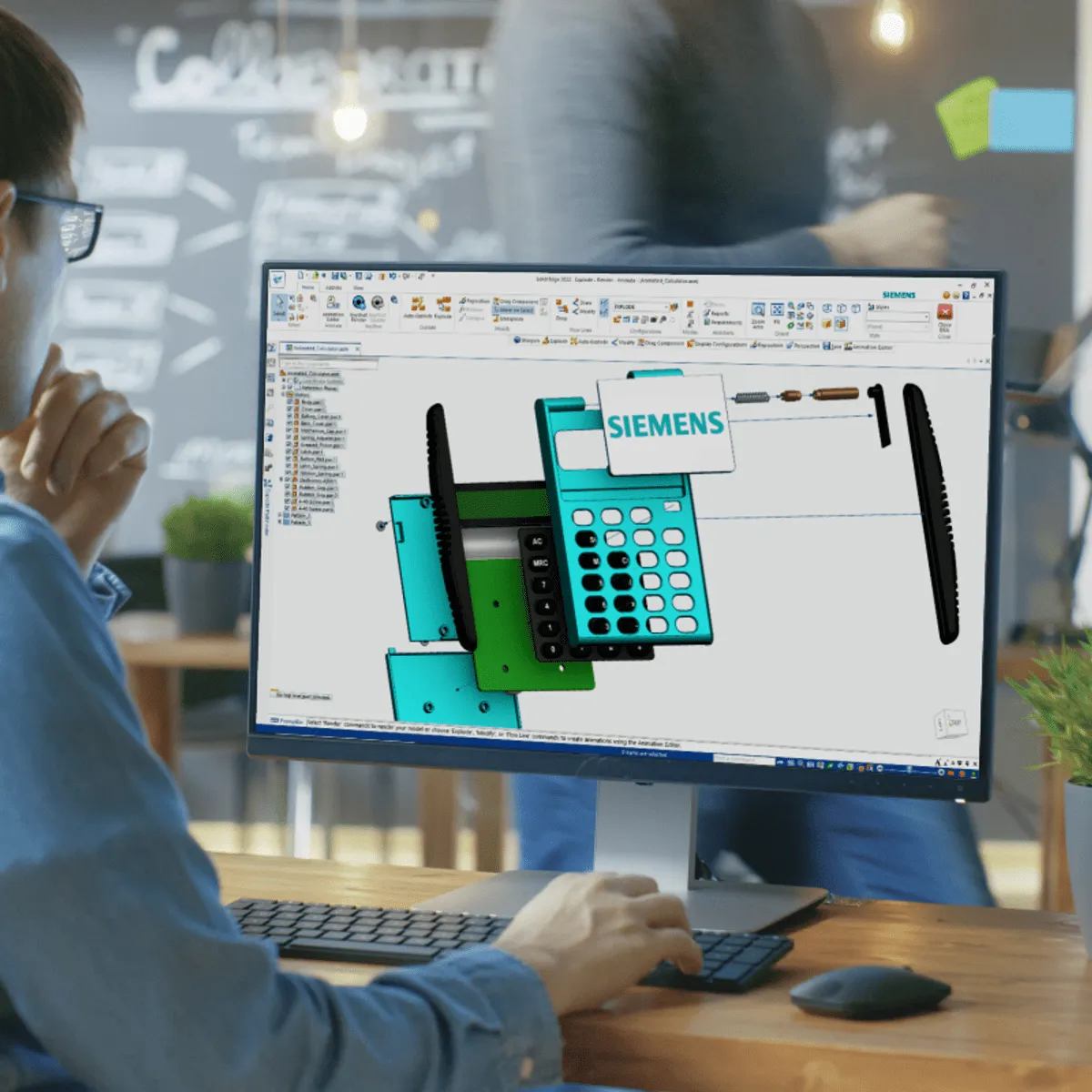
Advances in welding and joining technologies 
Advances in welding and joining technologies have enabled the use of new materials in modern technologies, resulting in significant progress in these processes. ▼
ADVERTISEMENT
Course Feature
![]() Cost:
Cost:
Free
![]() Provider:
Provider:
Swayam
![]() Certificate:
Certificate:
No Information
![]() Language:
Language:
English
![]() Start Date:
Start Date:
Self Paced
Course Overview
❗The content presented here is sourced directly from Swayam platform. For comprehensive course details, including enrollment information, simply click on the 'Go to class' link on our website.
Updated in [April 29th, 2023]
This course provides an overview of advances in welding and joining technologies. In the first two weeks, students will learn the fundamentals of welding and joining, including multiple choice questions (MCQs) and fill-in-the-blank assignments. The following two weeks will focus on laser and electron beam welding, with MCQs and fill-in-the-blank assignments. The next four weeks will cover solid state welding processes, computational welding mechanics, micro-joining and nano-joining, and welding metallurgy, with MCQs and fill-in-the-blank assignments for each week. The final two weeks will focus on welding and joining of non-metals and metal transfer in welding and metal printing, with MCQs and fill-in-the-blank assignments.
[Applications]
Upon completion of this course, students can apply their knowledge of welding and joining technologies to a variety of industries. They can use their understanding of laser and electron beam welding, solid state welding processes, computational welding mechanics, micro-joining and nano-joining, welding metallurgy, and welding and joining of non-metals to develop innovative solutions for their respective fields. Additionally, they can use their knowledge of metal transfer in welding and metal printing to create new products and processes.
[Career Paths]
1. Welding Engineer: Welding Engineers are responsible for designing, developing, and testing welding processes and equipment. They must have a strong understanding of welding and joining technologies, as well as the ability to troubleshoot and solve problems. As the demand for new and improved welding and joining technologies increases, the need for Welding Engineers is expected to grow.
2. Welding Technician: Welding Technicians are responsible for the day-to-day operations of welding and joining processes. They must have a strong understanding of welding and joining technologies, as well as the ability to troubleshoot and solve problems. As the demand for new and improved welding and joining technologies increases, the need for Welding Technicians is expected to grow.
3. Welding Inspector: Welding Inspectors are responsible for ensuring that welding and joining processes meet safety and quality standards. They must have a strong understanding of welding and joining technologies, as well as the ability to inspect and evaluate welds. As the demand for new and improved welding and joining technologies increases, the need for Welding Inspectors is expected to grow.
4. Welding Educator: Welding Educators are responsible for teaching welding and joining technologies to students. They must have a strong understanding of welding and joining technologies, as well as the ability to communicate effectively. As the demand for new and improved welding and joining technologies increases, the need for Welding Educators is expected to grow.
[Education Paths]
1. Bachelor of Science in Welding Engineering: This degree program focuses on the fundamentals of welding and joining technologies, including welding metallurgy, welding and joining of non-metals, and metal transfer in welding and metal printing. It also covers the latest advances in welding and joining technologies, such as laser and electron beam welding, solid state welding processes, computational welding mechanics, micro-joining and nano-joining. This degree program is ideal for those who want to pursue a career in welding engineering and related fields.
2. Master of Science in Welding and Joining Technologies: This degree program provides advanced knowledge and skills in welding and joining technologies. It covers topics such as welding metallurgy, welding and joining of non-metals, and metal transfer in welding and metal printing. It also covers the latest advances in welding and joining technologies, such as laser and electron beam welding, solid state welding processes, computational welding mechanics, micro-joining and nano-joining. This degree program is ideal for those who want to pursue a career in welding engineering and related fields.
3. Doctor of Philosophy in Welding and Joining Technologies: This degree program provides advanced knowledge and skills in welding and joining technologies. It covers topics such as welding metallurgy, welding and joining of non-metals, and metal transfer in welding and metal printing. It also covers the latest advances in welding and joining technologies, such as laser and electron beam welding, solid state welding processes, computational welding mechanics, micro-joining and nano-joining. This degree program is ideal for those who want to pursue a career in welding engineering and related fields and to conduct research in the field.
4. Certificate in Welding and Joining Technologies: This certificate program provides an introduction to welding and joining technologies. It covers topics such as welding metallurgy, welding and joining of non-metals, and metal transfer in welding and metal printing. It also covers the latest advances in welding and joining technologies, such as laser and electron beam welding, solid state welding processes, computational welding mechanics, micro-joining and nano-joining. This certificate program is ideal for those who want to gain a basic understanding of welding and joining technologies and to pursue a career in welding engineering and related fields.
Course Provider

Provider Swayam's Stats at AZClass
Discussion and Reviews
0.0 (Based on 0 reviews)
Explore Similar Online Courses

Build Apps from Scratch with this React and Redux Tutorial

Complete Guide to Local SEO & Keyword Research

Python for Informatics: Exploring Information

Social Network Analysis

Introduction to Systematic Review and Meta-Analysis

The Analytics Edge

DCO042 - Python For Informatics

Causal Diagrams: Draw Your Assumptions Before Your Conclusions

Whole genome sequencing of bacterial genomes - tools and applications

Cyber Security in Manufacturing

Creating Toolpaths for a CNC Lathe


Start your review of Advances in welding and joining technologies